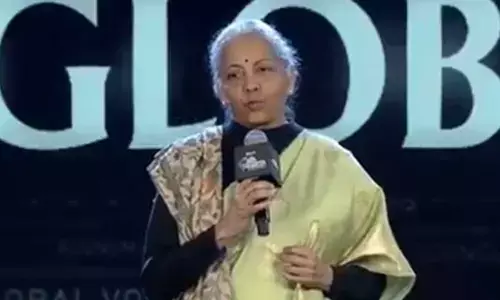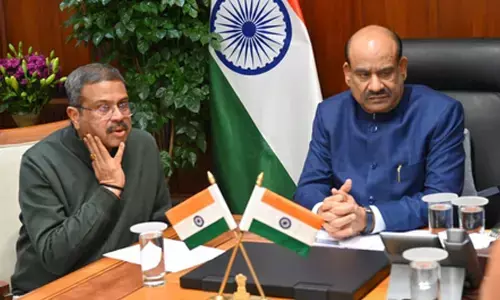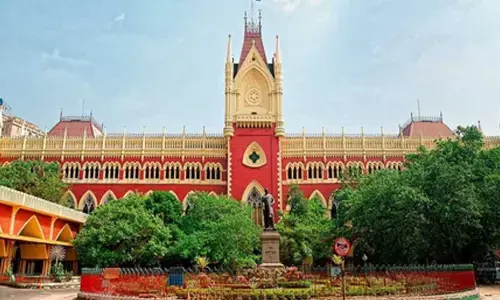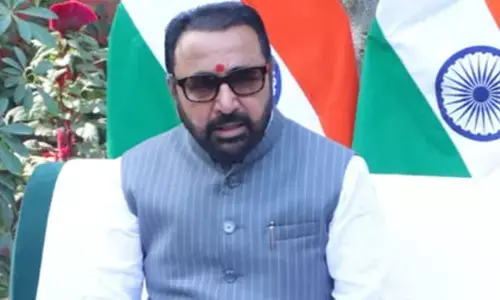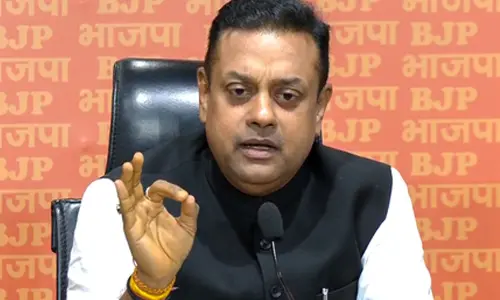Government Removes Cap on WhatsApp Payments, Allowing Nationwide Rollout

WhatsApp Update: WhatsApp to Allow Reshare and Mention Features in Status Updates
WhatsApp Payments expands across India as the government lifts restrictions, opening new avenues in the nation's digital payments market.
The Indian government has lifted the 100-million-user cap on WhatsApp Payments, enabling the service to reach all users in the country. This move marks a significant milestone for Meta, WhatsApp's parent company, as it expands its base in India's thriving digital payments market.
With over 500 million users, India is WhatsApp's largest market. The National Payments Corporation of India (NPCI), which manages the Unified Payments Interface (UPI), announced the decision to remove the cap, previously set at 100 million users. Earlier restricted to 40 million users in 2020 and later increased to 100 million in 2022, these limits reflected concerns about market dominance in India's rapidly growing fintech sector.
The removal of the cap positions WhatsApp to compete directly with major players like Google Pay and PhonePe, which currently command over 85% of the UPI market. WhatsApp's integration of payments within its widely-used messaging app gives it a competitive edge and the potential to reshape the landscape of digital transactions in India.
This regulatory change comes at a pivotal time for Meta, which recently launched its generative AI tool, Meta AI, in India. It underscores Meta's dual focus on paying for the global advancement of India as a key emerging market.
Moreover, the NPCI postponed the rule that seeks to limit any app's share of UPI transactions to 30% until 31st December 2026, thereby giving WhatsApp much-needed extra time to grow undeterred.
Indian government removes WhatsApp payment caps, expanding not only Meta's financial services aspirations but also India's positioning as a critical nexus in technological innovation and growth.








